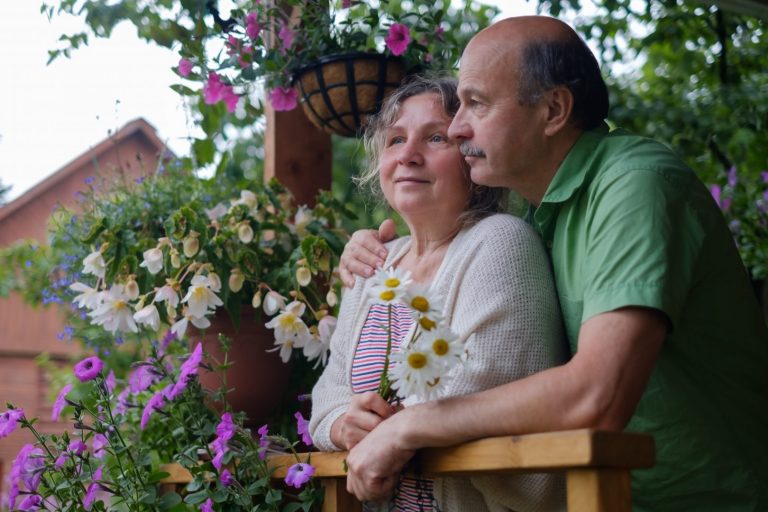We are in the aging in place business because we want to help people continue to remain their homes for as long as they desire – essentially the rest of their lives. Why do people get so attached to their homes that they literally do not want to leave them? Many reasons actually, notwithstanding the cost and disruption of moving into a retirement facility.
When people looked for and found the home they are in now, it took a tremendous amount of searching, comparison shopping, and an emotional commitment, as well as a financial one. They had to give up the home or apartment they had previously – one that may have had some very good memories for them and one that they maybe liked also – to move into their new home.
Their former home could have had some shortcomings in terms of layout, floor plan, size, location, or maintenance and repair concerns. It had served their needs for however long they had lived there, but now they were acquiring something else.
What they got and moved into – their current and “forever” home – was not a “house” or a “unit.” Those are real estate and construction industry terms. They are impersonal and cannot reflect the value that someone’s living environment has for them. “Home” is the correct word. People can get quite excited about remaining in their home long-term. Not so much about a house.
So, people want to remain where they are because they have been paying down their mortgage for a number of years (maybe it’s totally mortgage-free). They possess a lifetime of accumulated memories – from this home and all of their previous homes along the way, including the ones of their childhood. Usually, those memories are reinforced with mementos and keepsakes to remind them of their life experiences.
Most people have acquired so much “stuff” as they have gone through life, that the thoughts of going through it and sorting it – deciding what to keep and what to toss or donate (if anything) – become such a daunting challenge that it is not seriously attempted.
People find that financially it is very difficult to replace what they have now also – in terms of size, layout, monthly payments (if any), neighborhood, features, and other attributes. Add to that the thought of packing up everything and moving someplace else and starting the settling-in process all over, and it’s easy to see why people want to stay put.
Then, we come along – knowing how committed people are to remaining in their current homes – and simply help them evaluate how well their home meets their needs, what can be done to enhance their living experience, help them arrive at a sensible budget for undertaking some improvements that will allow them to live better in the home, and get started on the work.
We should consider it an honor to help people retain their independence and achieve their objective of remaining in their homes.

Steve Hoffacker, CAPS, CEAC, SHSS, is a highly regarded, much in demand, and widely recognized Certified Aging In Place Specialist-Master Instructor, Universal Design Master-Instructor, aging in place thought-leader, and senior safety consultant throughout North America and beyond. His students have come from nearly every state, many areas of Canada, and several other nations around the world to attend his classroom sessions and his online webinars, to subscribe to his blog posts, and to engage his coaching. Visit: https://www.stevehoffacker.com

